Study design and sample collection
Jessica Cooperstone
The idea behind design and sampling
- The samples you choose should be representative of the broader population you wish to study
- The variability between your groups should be due to your research question (and not some other thing)
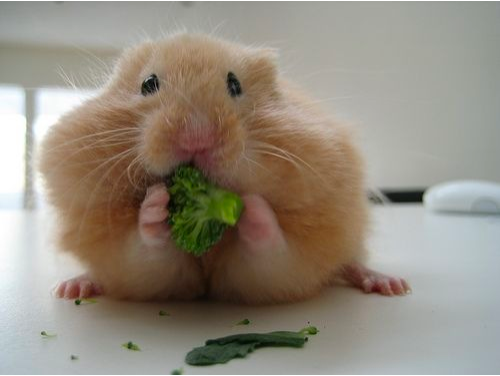
Types of replicates
- Biological replicates
- Technical replicates
Sources of variation in samples
Experimental (due to our question):
Non-experimental (due to things other than our question)
- Personnel
- Collection materials
- Storage (e.g., freeze-thaw, age)
- Instrument issues
- Run order effects
Ideally, measurement variability <<< sample variability
What can we do to minimize non-experimental variation?
- Consistency!
- Choose appropriate controls
- Ensure sample groups are handled in the same way
- Randomize extraction order
- Randomize run order
- Run in one batch
Quality control (QC) samples
- How do we know if our data looks ‘okay’ if we don’t know what it’s supposed to look like?
- Pooled QCs, commercial QCs, synthetic QCs
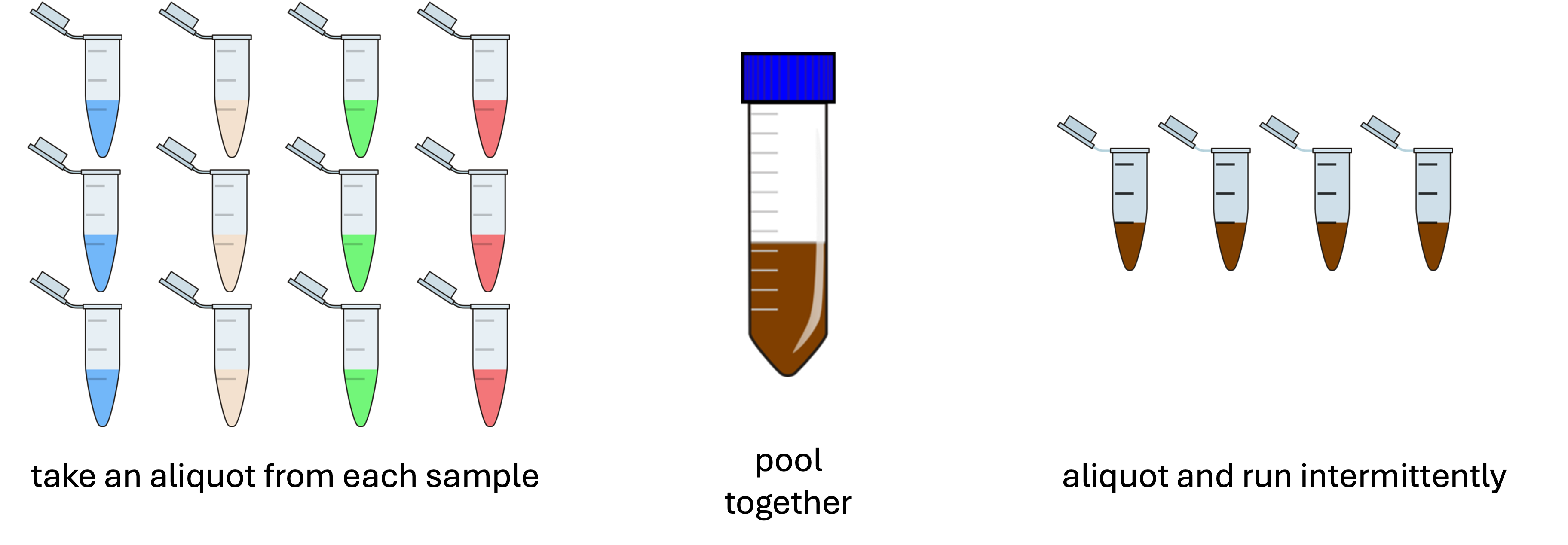
Fig. adapted from Broadhurst et al., Metabolomics 2018
Process/extraction blanks
- To remove signal that comes from the non-sample parts of your extract, we run process blanks
- These consist of all components of your extraction minus the sample
- If you are extracting tomato juice with methanol, you would instead take an equal volume of water and “extract” using the identical process
- This allows the removal of signal coming from: tips, vials, extraction aids, solvents, tubing, your dirty MS source etc
Run order
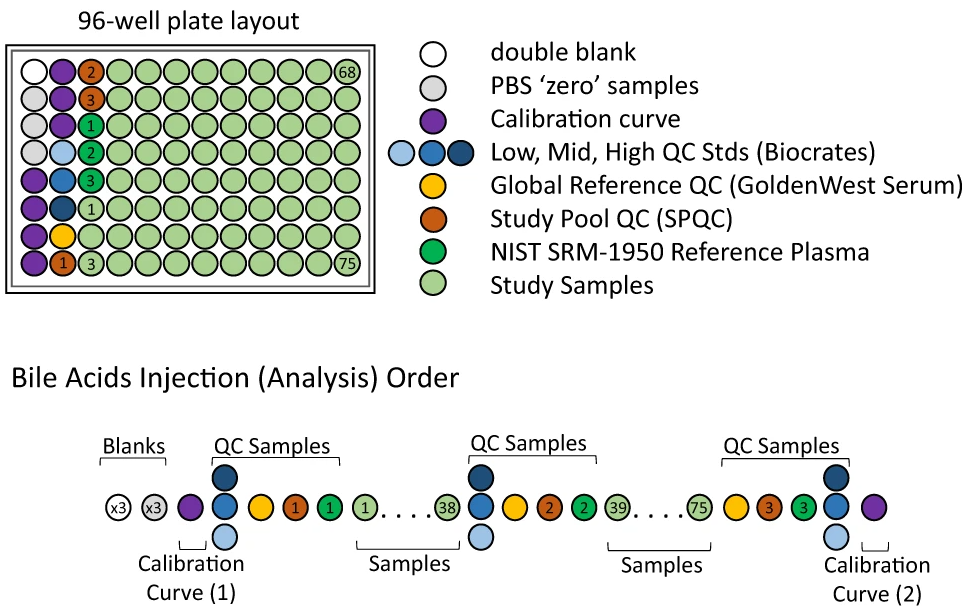
Fig. from John-Williams et al., Sci Data 2017
QC samples should cluster together
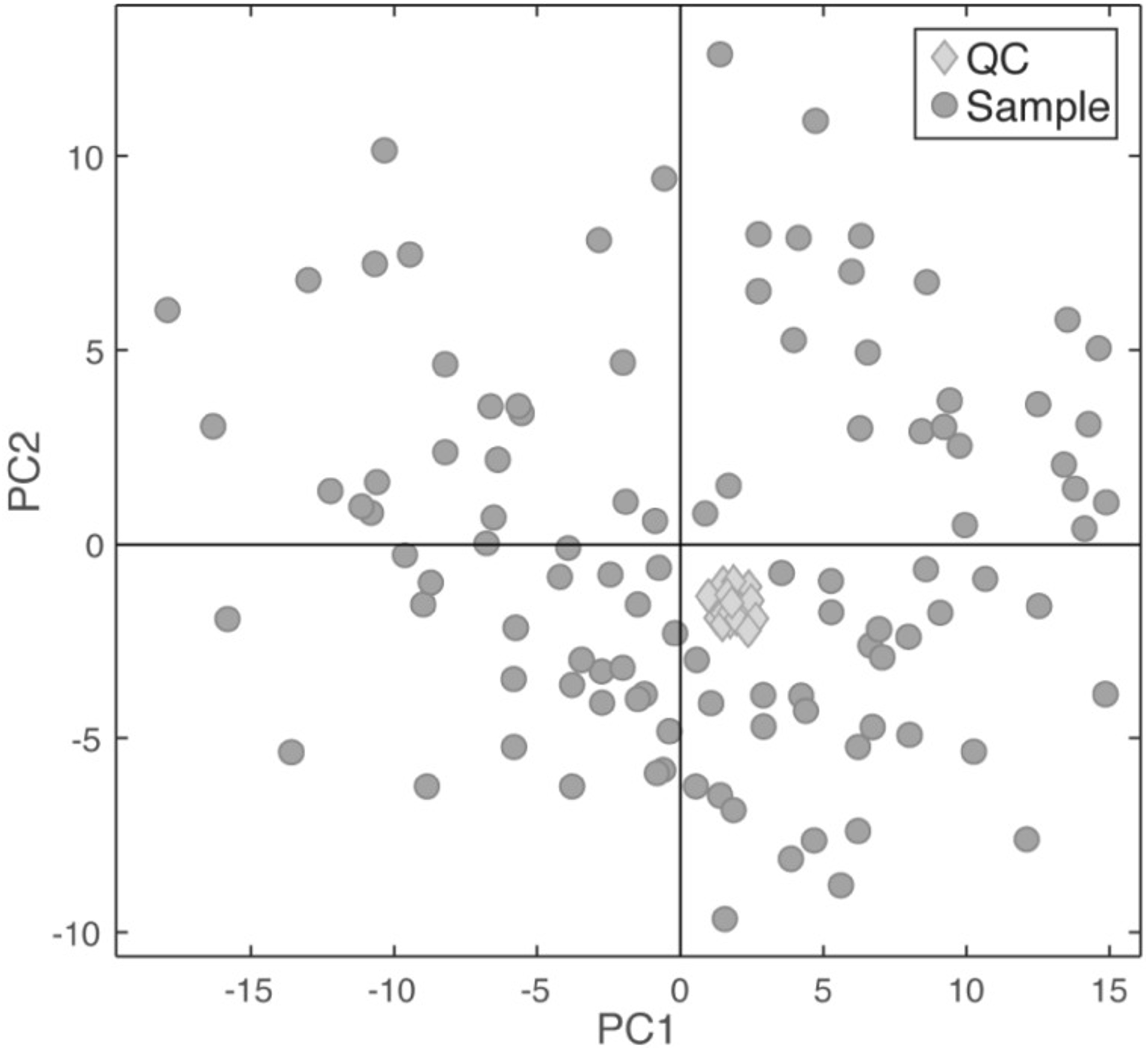
Fig. adapted from Broadhurst et al., Metabolomics 2018
QC adjustment
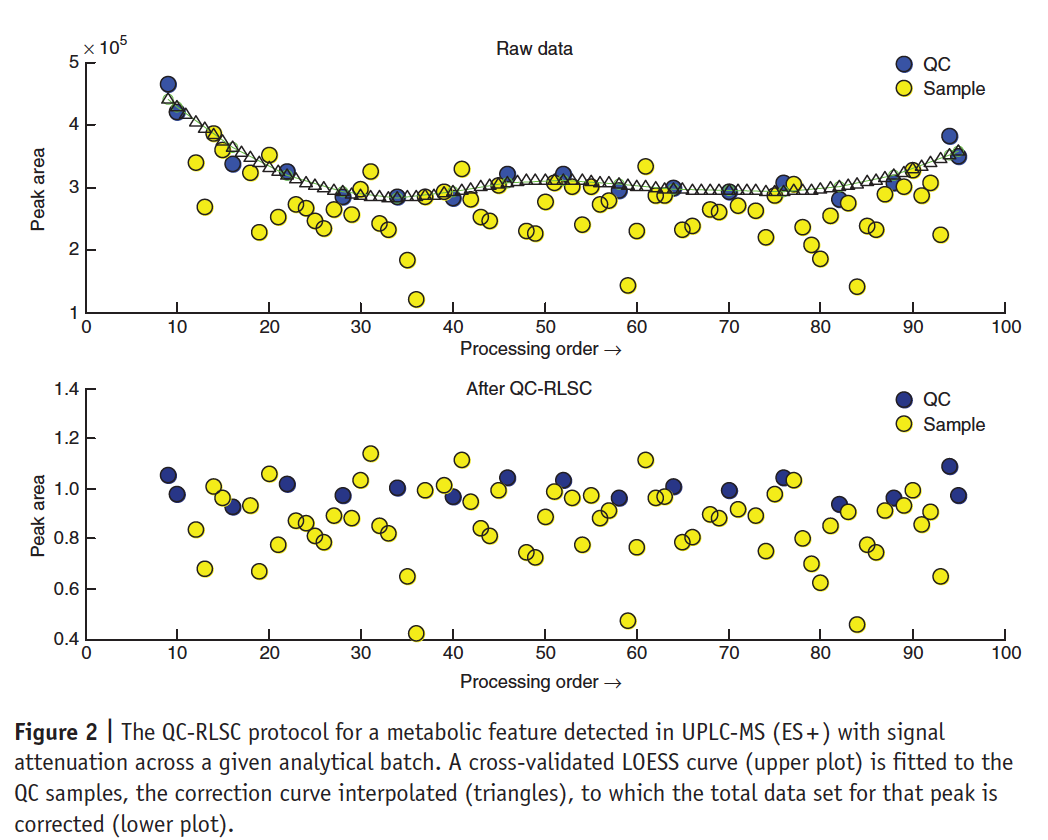
Fig. from Dunn et al., Nature Protocols 2011
Sample age
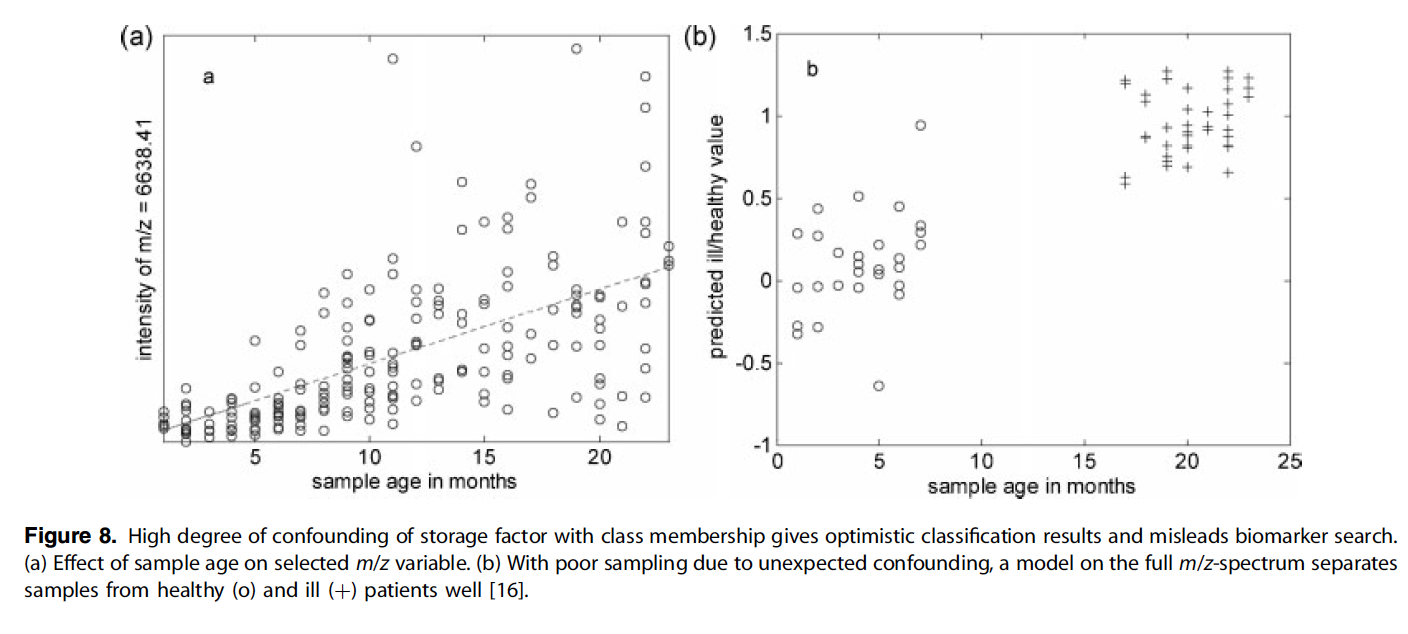
Fig. from Kjeldahl and Bro, J Chemometrics 2010
Timing of collection
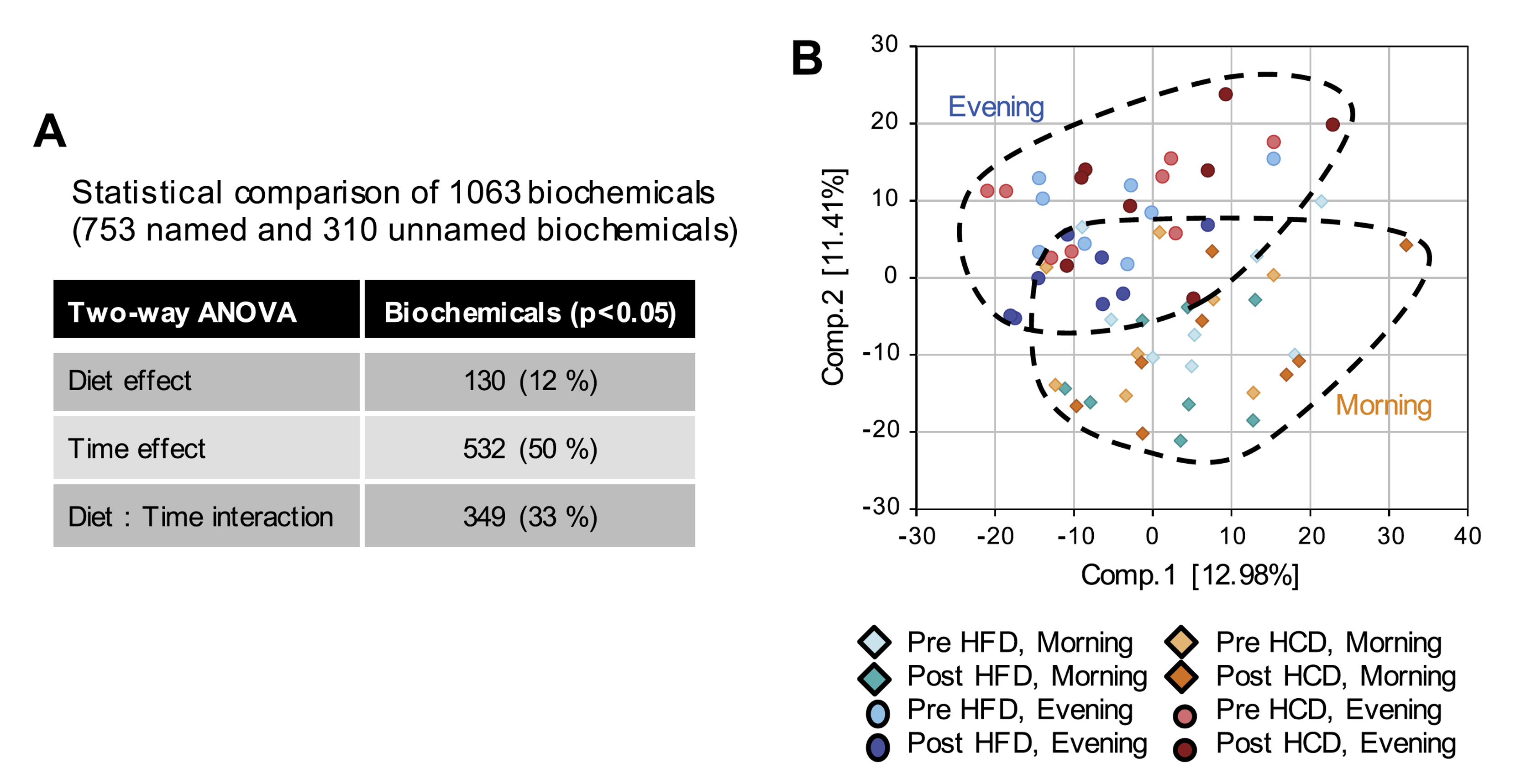
Fig. from Sato et al., Molecular Metabolism 2018
Collection tube impact
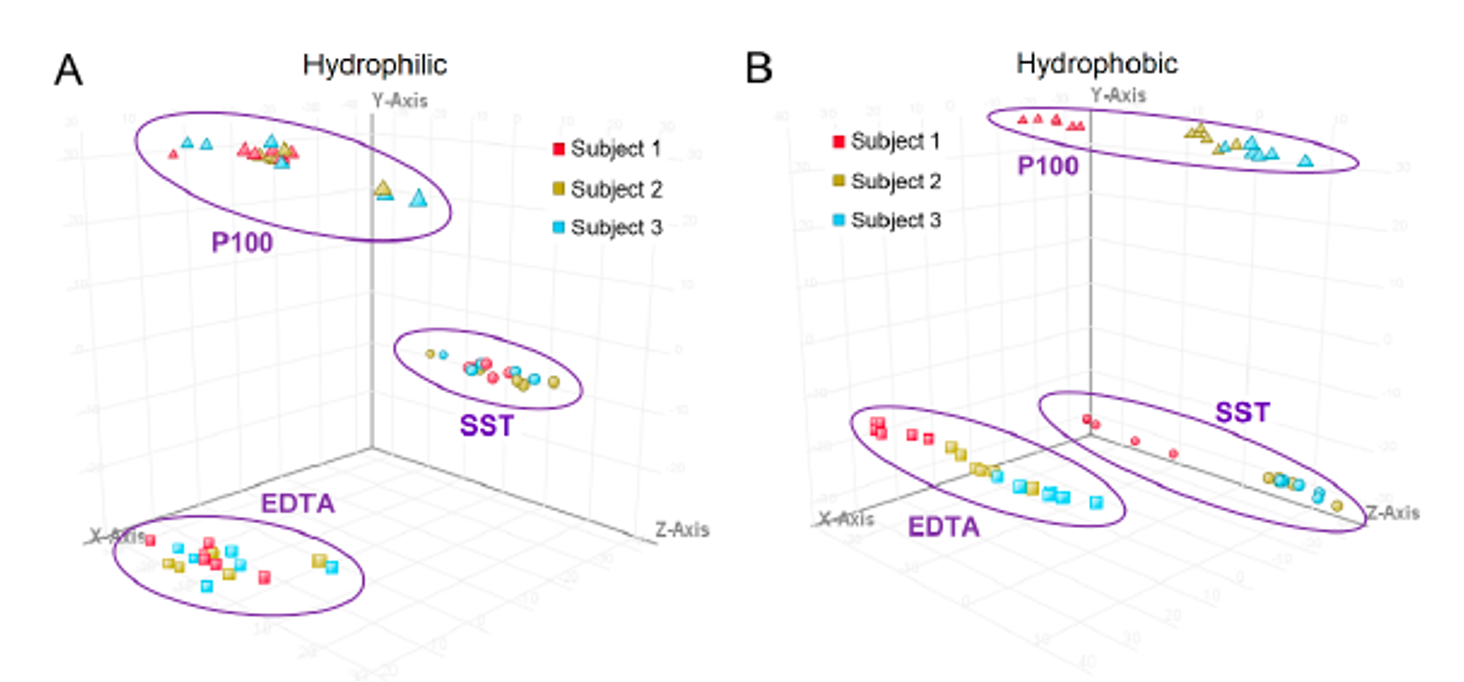
Fig. from Cruickshank-Quinn et al., Metabolites 2018
Collection variables to consider
- Tubes
- Storage
- Freeze-thaw
- Quenching
Standarizing extraction amoung
Compare samples by:
- Mass
- Volume
- Number of cells
- Protein content
- Some other thing?
When starting a metabolomics study…
- Purchase one lot of materials (solvents, reagents, vials etc.)
- Store many, small volume aliquots to avoid freeze-thaw
- Decide what your QCs will be and act accordingly
- Be consistent – generate a plan!
- Be especially careful when conducting a secondary analysis of already collected data

© Jessica Cooperstone, 2024